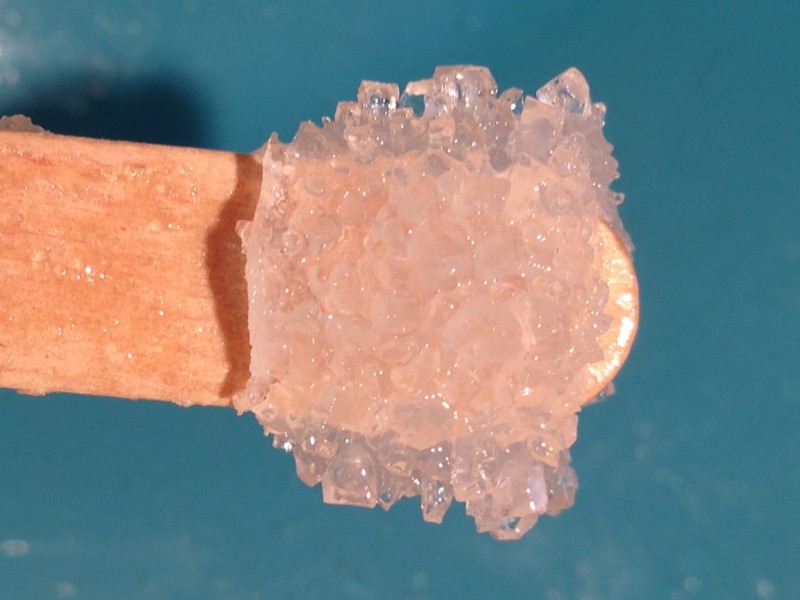
Welcome to our comprehensive guide on how to grow crystals using household items. Crystals have always fascinated humanity with their mesmerizing beauty and unique properties. Whether you're a science enthusiast or simply intrigued by the wonders of nature, this article will walk you through the process of growing your own crystals at home using readily available items.
The Fascination of Crystals
Crystals are solid materials with atoms arranged in a repeating pattern, resulting in their characteristic geometric shapes. These exquisite formations have diverse applications, from jewelry and decorative pieces to cutting-edge technologies like lasers and semiconductors.
Understanding Crystal Growth
Before we delve into the step-by-step process of growing crystals at home, it's essential to understand how this captivating phenomenon occurs. Crystals form through a process called nucleation, where individual molecules come together and arrange themselves in a precise structure, gradually building upon each other to create the crystal lattice.
Household Items for Crystal Growth
The beauty of growing crystals at home lies in the simplicity of the materials you can use. Most of these items can be found in your kitchen or bathroom, making the whole experience both fun and educational.
1. Epsom Salt Crystals
Epsom salt, scientifically known as magnesium sulfate, is a fantastic starting point for your crystal-growing journey. Not only is it safe and easy to handle, but it also yields stunning needle-like crystals. Here's what you'll need:
2. Borax Crystals
Borax, a common laundry detergent booster, can be transformed into marvelous crystal formations with a bit of patience. These crystals boast delicate and intricate shapes, making them a delightful sight. Gather these materials:
3. Sugar Crystals
Yes, you read that right! Sugar can be used to grow impressive crystals too. Sugar crystals are edible and perfect for kitchen science experiments with kids. Here's what you'll need:
Step-by-Step Guide
Now that we have a good understanding of the materials let's dive into the step-by-step guide to grow crystals using household items.
Step 1: Choosing the Right Container
Select a glass container that will serve as the home for your growing crystals. The transparent nature of glass allows you to witness the gradual transformation of your crystals, adding to the excitement.
Step 2: Creating a Crystal Solution
Depending on the type of crystal you want to grow, prepare a saturated solution. Dissolve the chosen household item, such as Epsom salt, borax, or sugar, into hot water. Keep adding the material until no more can dissolve in the water, creating a super-saturated solution.
Step 3: Facilitating Crystal Growth
To initiate the nucleation process, you'll need a seed crystal. This can be a small crystal from a previous experiment or even a piece of the material you're trying to grow. Tie the seed crystal to a string or place it on a wooden stick and suspend it into the solution. As the solution cools down, crystals will start forming around the seed.
Step 4: Patience and Observation
Growing crystals is a test of patience, as it may take several hours or even days for them to reach their full size. During this time, resist the temptation to disturb the crystals and instead marvel at the process taking place before your eyes.
Step 5: Harvesting Your Crystals
Once your crystals have reached the desired size, carefully remove them from the solution and place them on a paper towel to dry. Admire the intricate patterns and structures you've created!
Safety Precautions
As with any scientific experiment, safety is paramount. Always follow these safety precautions when growing crystals using household items:
Congratulations! You've successfully learned how to grow crystals using household items. This rewarding and educational experience will leave you in awe of the wonders of nature and science. Experiment with different materials and variations to create a dazzling array of crystals.
Remember, the beauty of crystal growth lies not only in the end result but in the journey of discovery and learning. So go ahead, grab some Epsom salt, borax, or sugar, and embark on your crystal-growing adventure!
Birthday Special - Wishing the Man of Melodious Voice, Sonu Nigam!